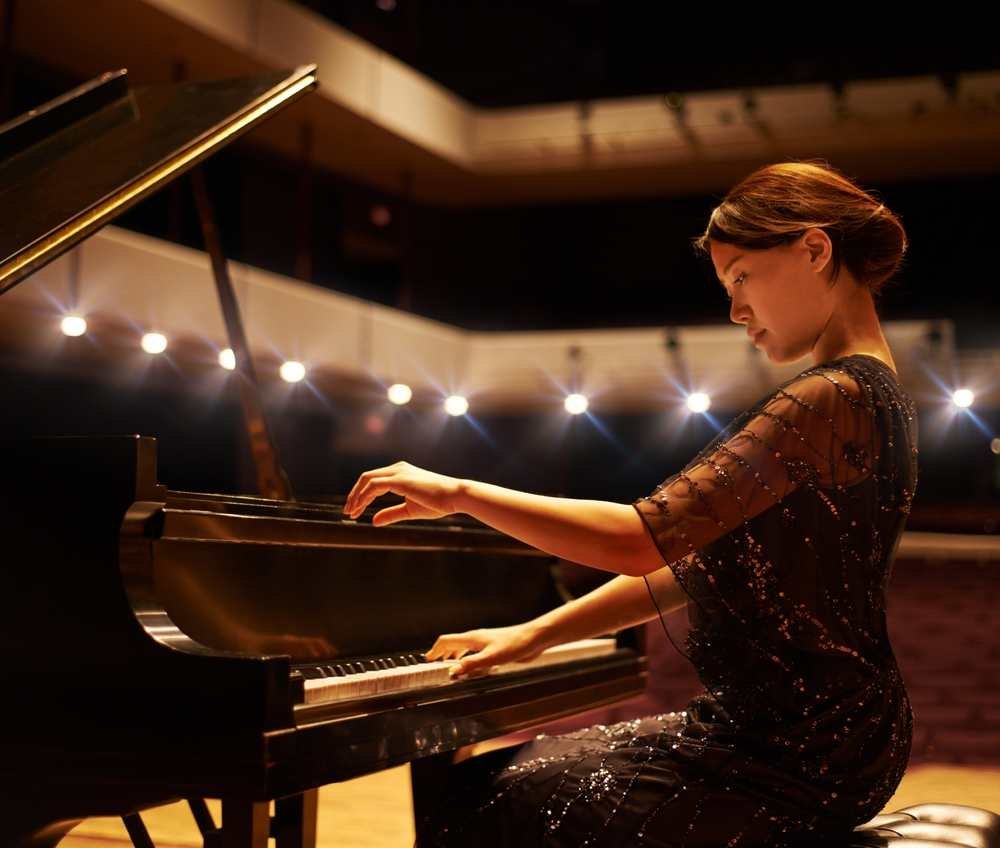
Is the Piano a String or Percussion Instrument?
When you think of a piano, maybe your mind goes to the warm sound accompanying a church choir or a pop artist pouring their heart out on stage. That familiar rhythm and melody might feel comforting and inspiring. But here’s something fascinating—did you know the piano is actually a percussion instrument?
It’s true! While it often gets grouped with string instruments, the piano belongs in the percussion family. Surprised? You’re not alone. Let’s walk through why that is—and why it’s part of what makes learning the piano so enriching for both kids and adults.
Why Do People Think the Piano Is a String Instrument?
It’s easy to assume the piano is a string instrument because, well, it has strings. Inside the piano, tightly stretched strings help create that beautiful sound. In fact, the piano is part of the chordophone family, a group that also includes the harp and lyre.
Instruments like the guitar or violin create music by plucking or bowing strings, and since the piano has strings too, it’s understandable that many people would classify it the same way. You may even hear it called a string instrument in some music theory settings.
But there’s more to the story—and this is where the magic of the piano truly shines.
Why Is the Piano a Percussion Instrument?
So, why is the piano a percussion instrument? It’s all about how sound is made.
Instead of plucking or bowing its strings, a piano uses felt-covered hammers. Every time you press a key, you’re activating a hammer that strikes a string to produce sound. That action—striking—is what makes the piano a percussion instrument.
It’s a gentle yet powerful reminder that rhythm and melody can live in harmony. When you or your child learns to play, you’re not just learning notes—you’re discovering how expression comes from motion, energy, and timing.
Types of Pianos
If you’re thinking about lessons, it helps to know the main types of pianos:
- Grand Piano: With its large size and rich tone, this piano often feels like a work of art. It’s perfect for performance spaces but also brings a timeless charm to any home.
- Upright Piano: A favorite for many families, its compact size makes it ideal for living rooms and practice spaces.
- Electric Piano: A more affordable and portable option, electric pianos still offer a full learning experience—especially for beginners or young musicians.
No matter which one you choose, each type offers its own joy and unique character. And remember: the best piano is the one that invites you to sit down and play.
How a Piano Works
The piano has 88 black and white keys, each with its own unique note. Press one key—or many at once—and you’ll hear single tones or full harmonies come to life.
Here’s a peek inside:
- When you press a key, it triggers a small hammer.
- The hammer strikes a string.
- The string vibrates, sending sound through a soundboard, which amplifies it.
- Thicker strings make lower notes, while thinner ones sound higher.
It’s like a miniature orchestra tucked inside a wooden frame. Playing the piano helps children and adults alike learn how structure, rhythm, and creativity work together beautifully.
The Many Benefits of Learning the Piano

Whether you view it as a string or percussion instrument, the piano is truly one of the most rewarding instruments to learn—and not just for its sound.
🎵 Emotional and Mental Growth
Learning to play provides a healthy emotional outlet. It encourages focus, discipline, and creativity—all essential for both kids and parents.
🎵 Physical Benefits
Piano playing supports fine motor development and improves hand-eye coordination. It’s a subtle way to build strength and dexterity, especially for growing hands.
🎵 Cognitive Boost
Studies show that musical training enhances memory, pattern recognition, and problem-solving skills. It’s a workout for the brain in the most enjoyable way.
🎵 Joy and Fulfillment
Most importantly, piano brings joy. The satisfaction of learning a new song, creating your own melody, or simply playing a familiar tune can be a powerful confidence boost—for both you and your child.
If you’ve ever thought about learning piano—or helping your child start—this is your invitation. There’s no need to master something new every day; sometimes the greatest progress comes from deepening our love for what we already know.
At Lessons In Your Home, we offer piano lessons in the comfort of your home. Our caring, experienced teachers work with your schedule and meet you where you are—literally and figuratively.
🎹 We offer 30- to 60-minute sessions designed to be both fun and effective.
🎹 Our team is passionate about helping students of all ages find joy and confidence in their musical journey.
🎹 We’ll match you with the right teacher based on your goals, skill level, and personality.
You don’t have to chase perfection—just bring your curiosity and a willingness to play. We’ll guide you the rest of the way.
Ready to begin?
Reach out today and take that first step toward a musical adventure that brings happiness, growth, and connection—right from your living room.